Turkeys are social birds, and they have a special way of resting at night. Before we look at what time do turkeys roost, it’s crucial to understand why this behavior is important.
By understanding the exact times when turkeys roost, people who want to watch them, like hunters, bird lovers, and nature enthusiasts can learn more about turkey behavior and spot them more easily in the wild.
What Factors Influence Turkey Roosting Times?
It turns out that their roosting times can be influenced by some pretty cool factors like the seasons, weather conditions, and turkey’s social hierarchies.
Turkeys change their roosting habits depending on the seasons. For example, in the spring, turkeys are more likely to roost in trees near mating areas. In the winter, turkeys tend to start and end their day earlier because there are fewer daylight hours.
Weather also plays a big role in when turkeys roost. Factors like temperature, wind, and rain can influence their roosting decisions. If it’s snowing or raining, they might need to find a cozier spot to roost because it’s just too wet and cold outside.
And, there’s more! Turkeys are social birds that live in complex hierarchies. The relationships within a flock can affect when they roost.
For example, the hierarchy of the flock can determine when each bird reaches or leaves the roost. So, the more dominant birds might get there first, and the less dominant ones might wait until later.
What Time Do Turkeys Roost?
As the evening sets in, turkeys prepare to roost for the night. The specific time turkeys choose to roost in the evening is dictated by the season and weather.
Turkeys tend to roost as darkness falls, like half an hour before sunset, seeking shelter in trees for the night.
Typically, turkeys head to their cozy roosts as the sun sets, making sure they’re safe and sound before it gets too dark. Just like in the morning, turkeys usually come off their roost as the day breaks.
What Time Do Turkeys Roost in Spring?
In spring, turkeys are influenced by mating season, leading to adjustments in their roosting patterns. The toms may roost and leave the roost slightly different from hens. They strut and display at dawn, attempting to attract hens for mating. So, their roosting timing may alter to facilitate these performances.
Turkeys tend to follow a similar roosting pattern in the spring as they do in the evening, usually 30 minutes before sunset.
What Time Do Turkeys Roost in Fall?
As temperatures drop and food sources change, turkeys modify their roosting routines in the Fall. During the Fall season, when daylight hours shorten, turkeys tend to roost earlier compared to summer, such as a little while before sunset until after it’s fully set.
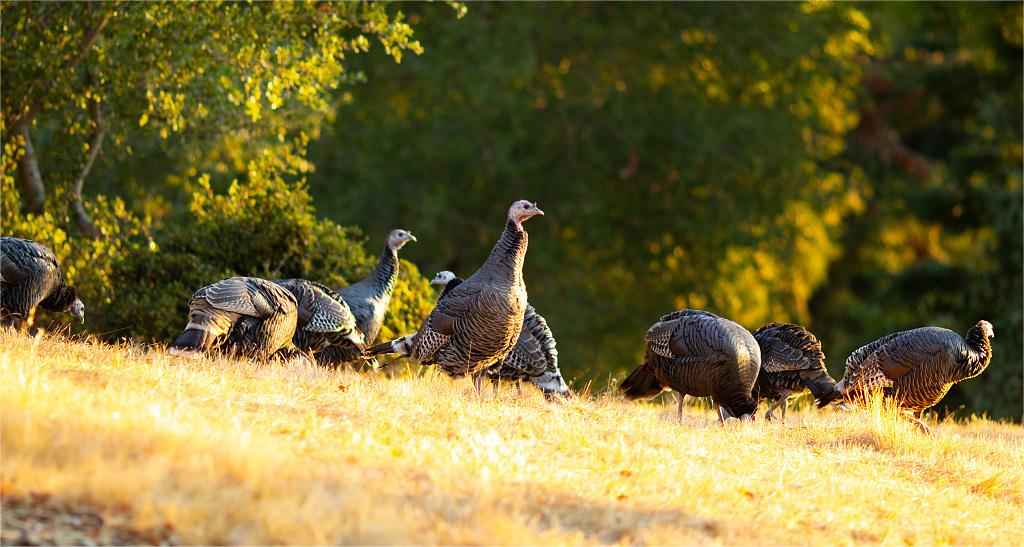
Do Turkeys Roost in The Same Spot?
Turkeys mat roost in the same spot for a while but don’t always roost in the same spot all year round. They tend to move around within their home range, similar to other wildlife, like deer. However, they do tend to prefer certain areas for roosting, and will often return to these spots.
These preferred roosting areas are usually located in larger trees with open spaces that allow the turkeys to easily take off and land. While they may change their roosting location seasonally, they tend to stick to the same general area unless disturbed.
Turkey Roosting and Hunting Strategies
For hunters, knowledge of turkey roosting times is a game-changer. The moments when turkeys rise from or return to their roost are opportune times for a successful hunt.
Turkeys like to roost in the same group of trees or areas over and over again, along creeks or near water.
To increase your chances of a successful turkey hunting experience, here are some of the most important things that you should know:
Roosting Locations
To find turkeys for hunting, it’s important to know where they like to roost. Turkeys usually roost in tall trees with lots of leaves to hide and feel safe. Look for places like the tops of hills, bottoms of valleys, and areas near fields or food sources. Check for signs like poop, feathers, scratch marks, and branches that turkeys use for roosting to find good spots.
Best Time of Day
If you wanna bag some turkeys successfully, you need to know when they’re most active. Turkeys are most likely to be on the move during the crack of dawn and right before sundown.
The early morning hours are especially good for hunting, since they come down from their roosts and start feeding around then. Then, in the late afternoon, they start making their way back to their roosts, so that’s when you should be out there waiting for them too.
So, plan your hunting sessions accordingly and you’ll be in for a real treat!
Essential Turkey Calls
To successfully hunt turkeys, it’s crucial to master the basics of turkey calling. There are four main types of calls to learn: yelps, clucks and purrs, cutting, and gobbles. Yelps mimic the sounds of a hen turkey and can be soft or loud depending on the situation.
Clucks and purrs are short, soft calls that imitate the sounds of turkeys eating. Cutting is a series of rapid, loud yelps that simulate the excited chatter of a hen.
Gobbles are the distinctive calls made by male turkeys and can be used to challenge other gobblers or attract them during mating season.
Essential Hunting Gear
As a hunter, you also know that having the right hunting gear is key. Here are some essentials you’ll want to have in your bag:
Right Clothing
First things first, you’re gonna want to wear full camouflage clothing, including a face mask and gloves, to blend in with your surroundings. This will help you sneak up on those birds and get closer for a successful shot. Since there is so much gear that you need to bring on the trip, you’re gonna want to have a turkey vest with multiple pockets to hold all your calls, locator calls, binoculars, extra ammo, and other essentials. This will keep everything within reach and make it easy to stay organized during your hunt.
Turkey Decoys
Next up, you’re gonna want to bring some realistic turkey decoys. These can be hen, jake, or full-strut tom decoys, depending on the situation. Decoys can help you attract the attention of approaching birds, making it easier to get a shot.
Right Weapons
Now, you’re gonna want a shotgun or bow that’s up for the task. A shotgun with a tight choke and the right load can help you take down those birds from a distance. Or, if you prefer a more traditional approach, a bow with broadheads designed for turkeys can also do the trick.
Hunting Blind and Chair
Turkey hunting needs patience. You can consider bringing a portable hunting blind or chair. This will provide you with some much-needed concealment and comfort during those long hunting sessions.
Orange Garment
Safety is always the priority. It is recommended to wear a blaze orange hat or vest to remain visible to other hunters in the area. You never want to be that guy who gets lost in the woods and causes a dangerous situation for everyone involved.
Hunting Boots
Last but not least, a pair of comfortable turkey hunting boots can elevate your hunting experience a lot. Look for boots that prioritize both comfort and durability, as these will keep you happy and comfortable throughout your hunt. By choosing high-quality boots, you’ll be able to perform at your best and enjoy your time in the great outdoors even more.
So there you have it, folks! With these essentials in your bag, you’ll be well on your way to a successful turkey hunt.
Conclusion
Turkeys tend to roost in the same spot every day, usually from sunset to sunrise. However, many factors can affect their behavior, such as the changing seasons, weather conditions, and the social dynamics of the flock.
For hunters and nature enthusiasts, understanding these factors can provide valuable information and opportunities. Whether you’re interested in hunting turkeys for fun or simply enjoy watching them, knowing when they roost can help you better appreciate the natural world and its rhythms.


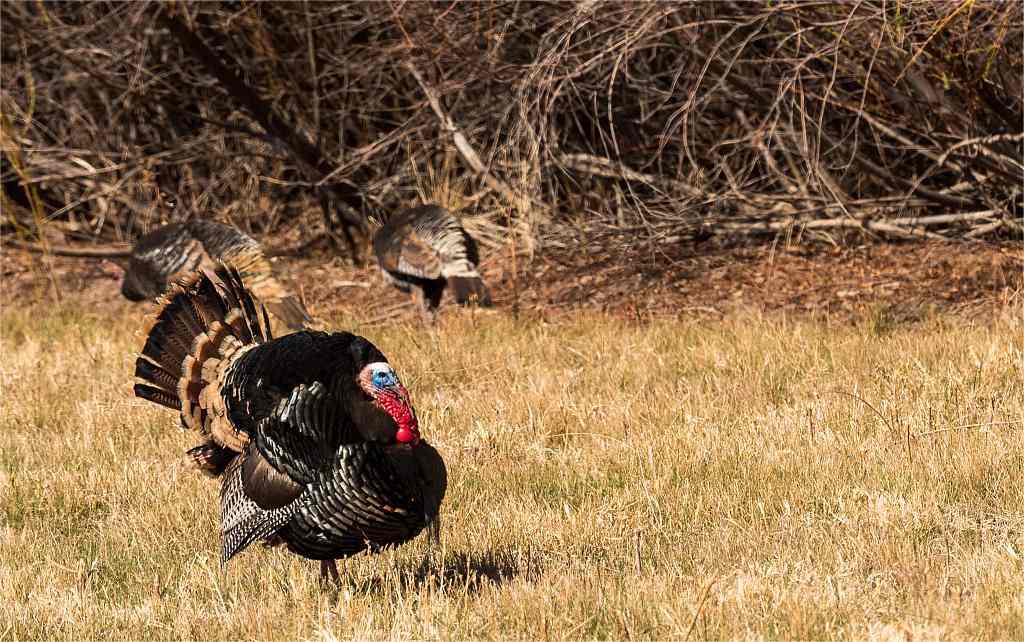




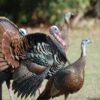
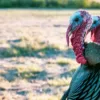
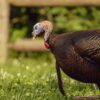

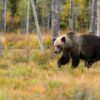








Leave a reply